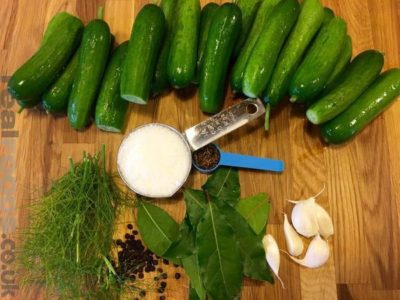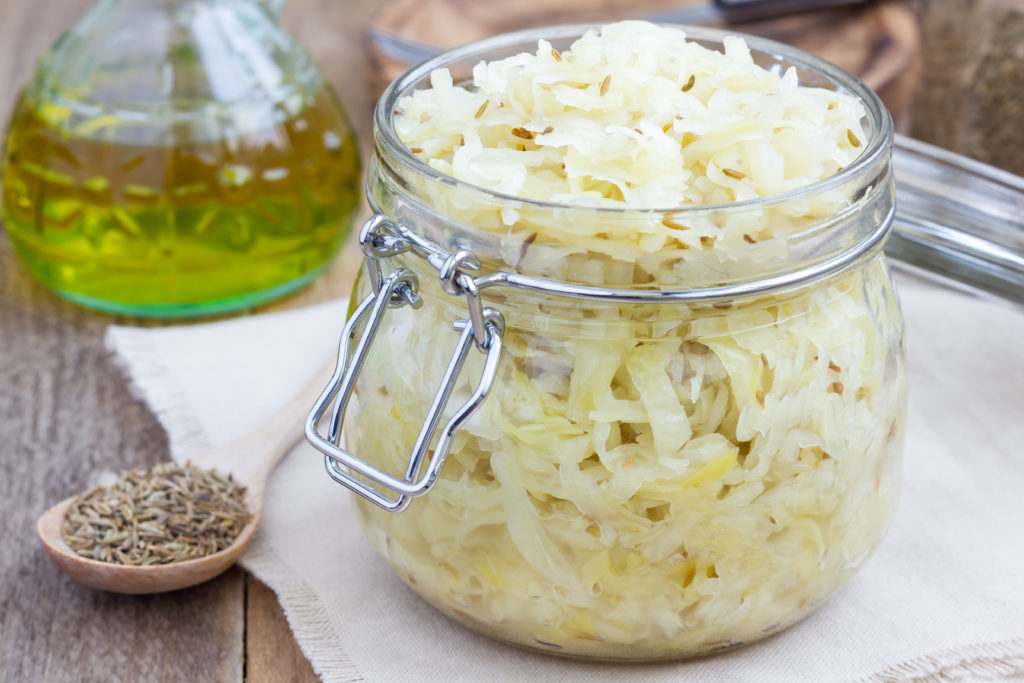
If you’ve always wondered about fermented foods and the potential of making your own, we are here to let you know that not only do fermented foods provide many health benefits, but with a little experimentation you can make them easily at home too!

Fermentation means ‘to boil’ and is the name given to the process of allowing foods to bubble inside a closed container. This process is used to create alcohol as well as many foods most of us have in our diets, including chocolate, coffee, vanilla, some teas, pickles, vinegar, cheese and yoghurt.
The benefits of eating fermented foods include the increase of ‘good’ bacteria in your gut and protection from ‘bad’ bacteria, enhancing the inherent nutrients of the food, building your body’s immunity and aiding both digestive and pre-digestive processes. Fermenting is also useful for converting food into a long-life form and transforming an indigestible food such as soya beans (which are toxic to humans in their raw form) into an edible and digestible state.
There are two main ways of fermenting, both of which you can do at home. Wild fermenting uses the organisms already in the food, but you can also opt to use a starter culture to get the ball rolling.
We recommend first-time fermenters to experiment with something simple, such as sauerkraut or kimchi. Get started with our Kimchi and Sauerkraut recipes below:

www.iStock.com/Amarita
Recipe for Kimchi
Ingredients
- 1 finely sliced turnip or radish
- 1 finely sliced/grated cabbage
- 2-3 shallots
- 1 sliced apple
- 2-3 chopped carrots
- 2 crushed cloves of garlic
- 1 finely chopped chilli
- 2 tspns mineral or rock salt
Method
Massage the salt into the cabbage and cover with water in your bowl, leaving for a minimum of 10 minutes. In the meanwhile mix together the rest of your ingredients. Rinse the cabbage and mix all ingredients together before squashing down into a large jar.
The vegetables should be covered in their own natural juice, however if there is not enough you can simply add salted water (brine) or celery juice. Make sure to cover the vegetables completely, and leave at least the top inch of the jar empty to allow space for your mixture to bubble.
Close the lid tightly and allow the Kimchi to ferment, we recommend tasting it daily until you find it to your taste as the longer it is left to ferment the stronger the flavour will be. Once you have the flavour you enjoy, transfer it to the fridge and enjoy!

www.iStock.com/iuliia_n
Sauerkraut Recipe
Cuisine: Eastern European ◆ Time: 30 mins ◆ Skill Level: Newbie ◆ Serves: 4
Ingredients
- 1 white cabbage, shredded
- 1-2 tbsp non-iodised salt
- 1tspn cumin seeds
Add 1-2 tbspns of salt to your bowl of shredded cabbage, massaging the salt in for approximately ten minutes, until the cabbage becomes limp and releases water. Sprinkle in your cumin seeds and stir through with a wooden spoon.
Method
Transfer the salted cabbage mix to a sterile kilner jar or jars and squash
down ensuring the cabbage is covered in it’s own natural juices,
then store in a cool and dark place. We recommend leaving your sauerkraut to ferment for 1-2 weeks, checking in every day or two to test the flavour and to release any gas build up. Once the flavour you prefer has been achieved, pop the jar in the fridge and enjoy your yummy home-made fermented goodness!
Here’s a list of other fermented food recipes available on our website:
- Raw Fermented Chilli Sauce Recipe
- Raw Vegan Herb Coated Macadamia Cheese Recipe
- Naturally Fermented Cucumber Pickles Recipe
I don’t have time to make my own
If you’re short on time for preparation or don’t want to wait before getting fermented foods into your diet, Real Foods has a very comprehensive range of fermented foods available to buy from both our Edinburgh shops. Fermented foods, however, have to be kept chilled so we are unable to send these out in web orders.
Have a look at the newest addition to our fantastic fermented range from locals the Edinburgh Fermentarium.
Here’s a link to the Pickled and Fermented Veg department on our website, which shows everything that is available our Edinburgh shops.
Go to Pickled and Fermented Veg at Real Foods
For further information about fermenting
If you would like to read our more in-depth article on fermentation, check it out here: https://www.realfoods.co.uk/article/fermented-foods,-prebiotics-and-probiotics







